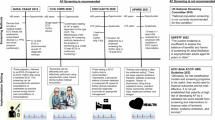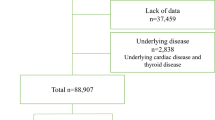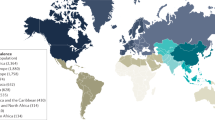Abstract
Albeit several studies examined the association between cardiac resynchronization therapy (CRT) and atrial fibrillation (AF) in heart failure (HF), results are still unclear and quite conflicting. We thereby designed a single-center prospective study to determine whether CRT has a favorable effect on the incidence of new-onset AF in a homogeneous population of patients with non-ischemic idiopathic dilated cardiomyopathy and severe heart failure HF. We enrolled 58 patients, AF naïve when received CRT. After 1 year of follow-up our population was subdivided into responders (72.4%) and non (27.6%), so to compare the incidence of AF after 1, 2 and 3 years of follow-up in these two groups. Already after 1 year, there is a significant (p<0.05) difference in new-onset AF in non-responder patients respect to responders (18.2% vs 3.3%). These data are confirmed at 2 year (33.3% vs 12.2%) and 3 year (50.0% vs 15.0%) follow-up. In particular, at 3 year follow-up, non-responders have an increased risk to develop new-onset AF (OR=5.67, 95% confidence interval = 1.36-23.59, p=0.019). The present work suggests a possible favorable role of this non-pharmacological therapy, on the prevention of AF.
Similar content being viewed by others
Article PDF
Author information
Authors and Affiliations
Corresponding author
Rights and permissions
About this article
Cite this article
Santulli, G., Chiariello, M., d’Ascia, C. et al. Role of cardiac resynchronization therapy in the development of new-onset atrial fibrillation: A single-center prospective study.. Nat Prec (2012). https://doi.org/10.1038/npre.2012.7137.1
Received:
Accepted:
Published:
DOI: https://doi.org/10.1038/npre.2012.7137.1



